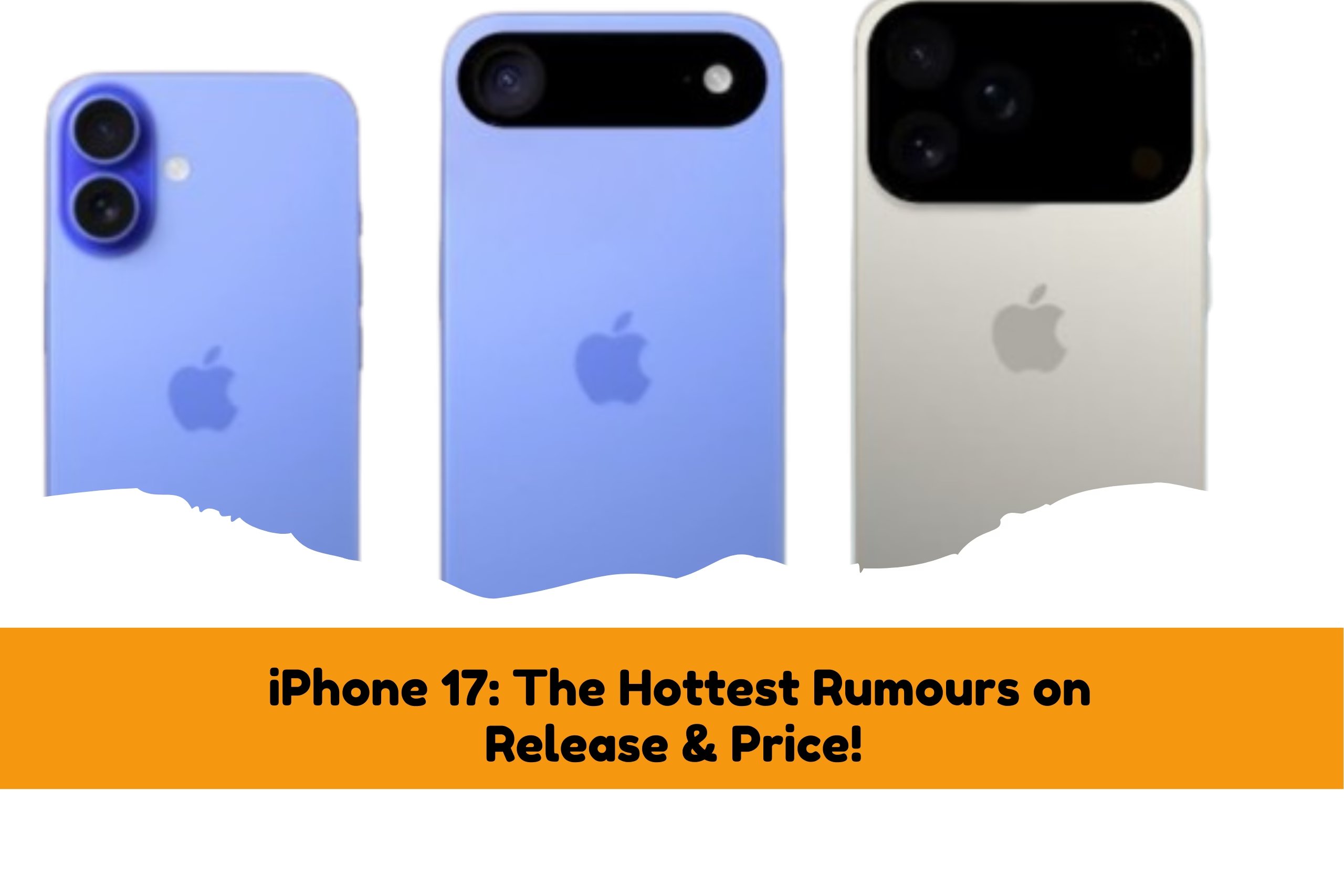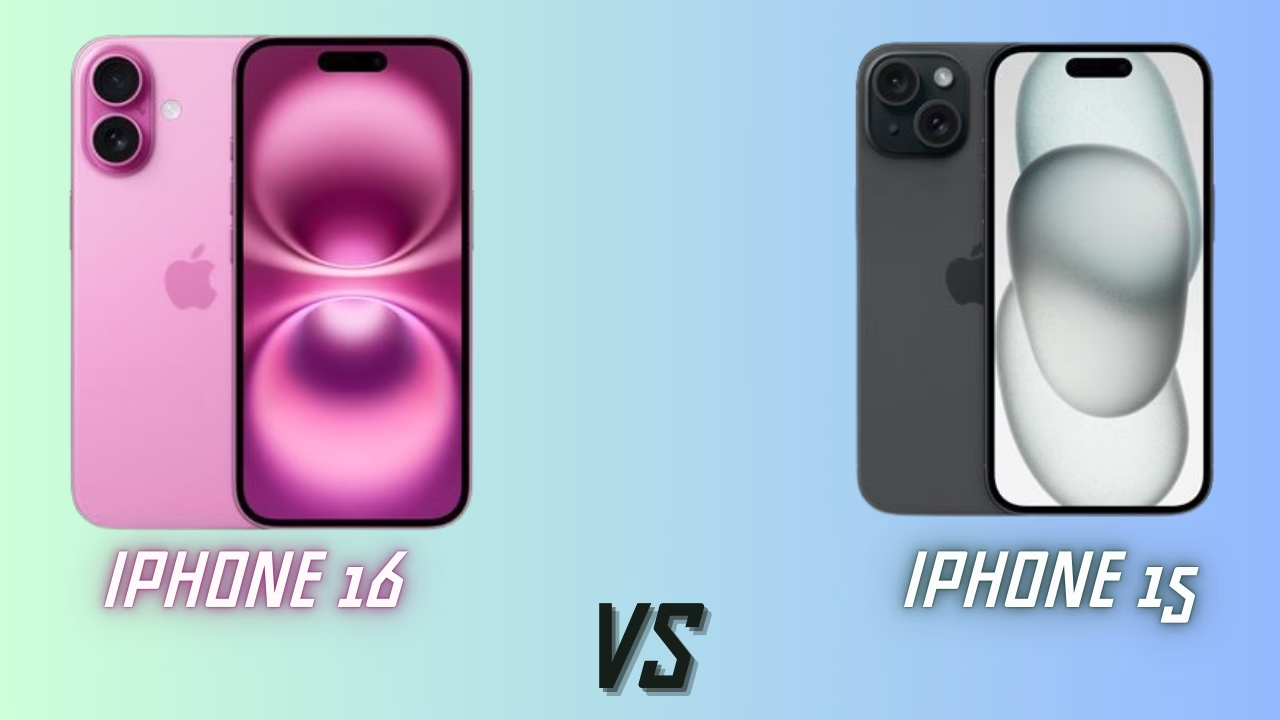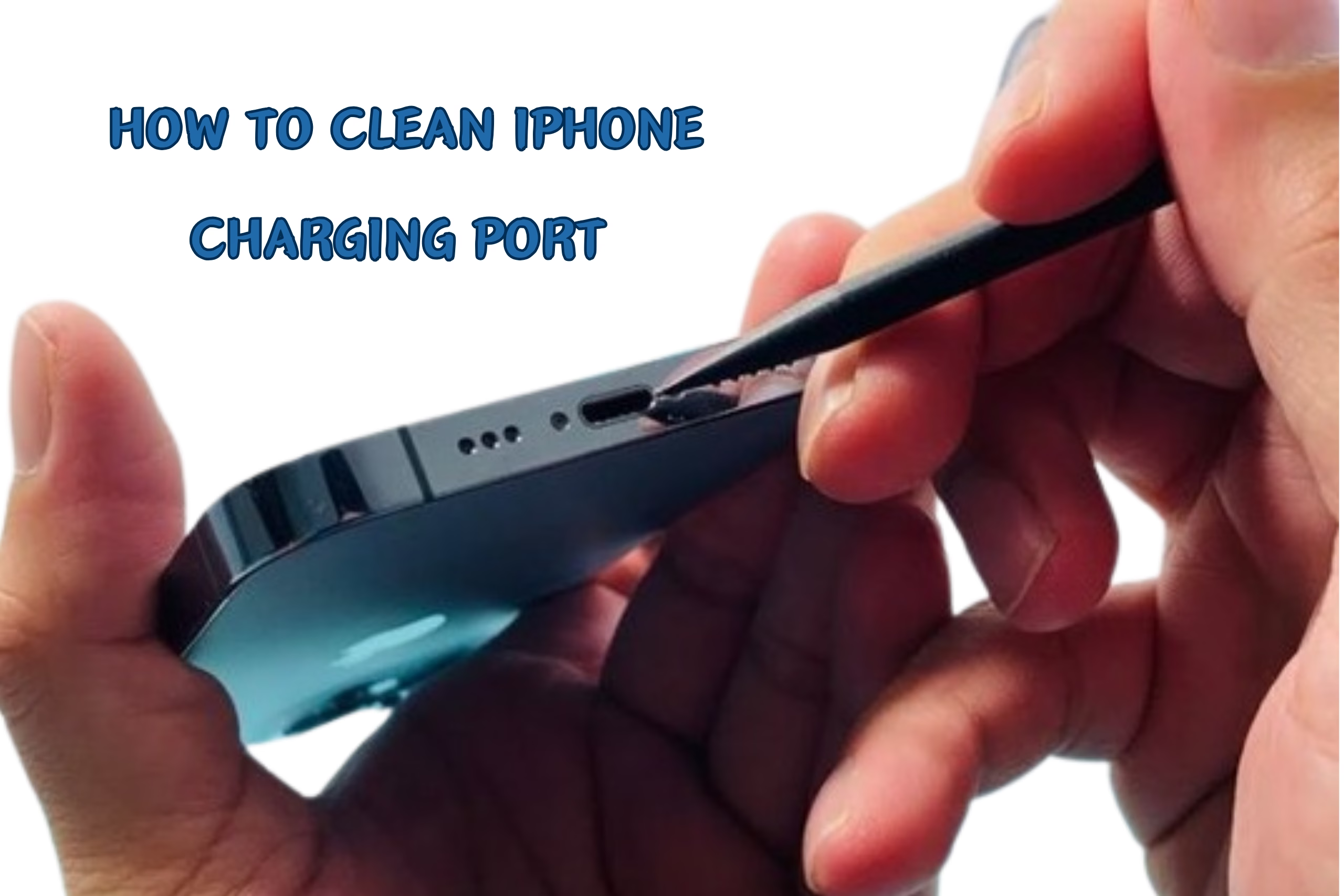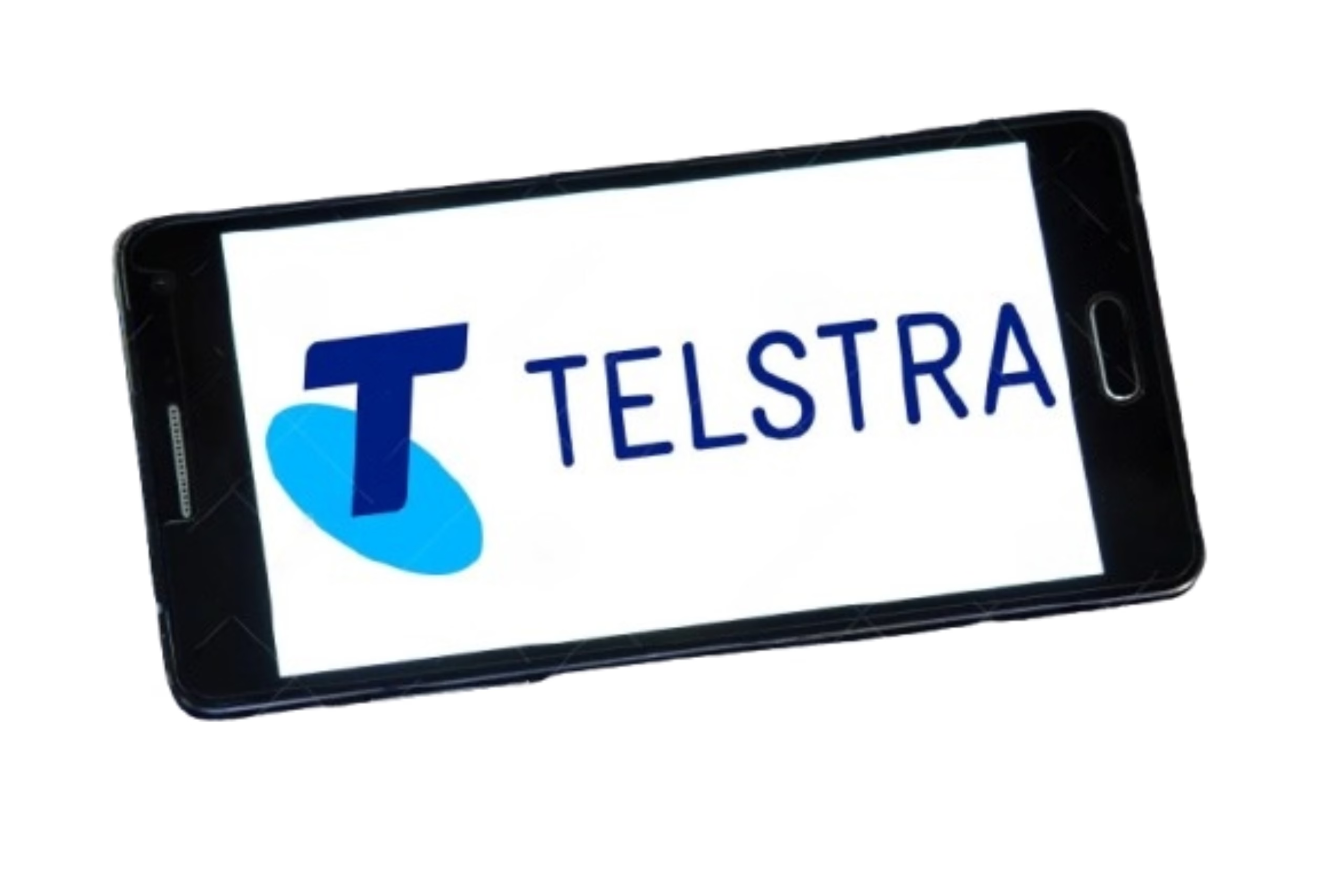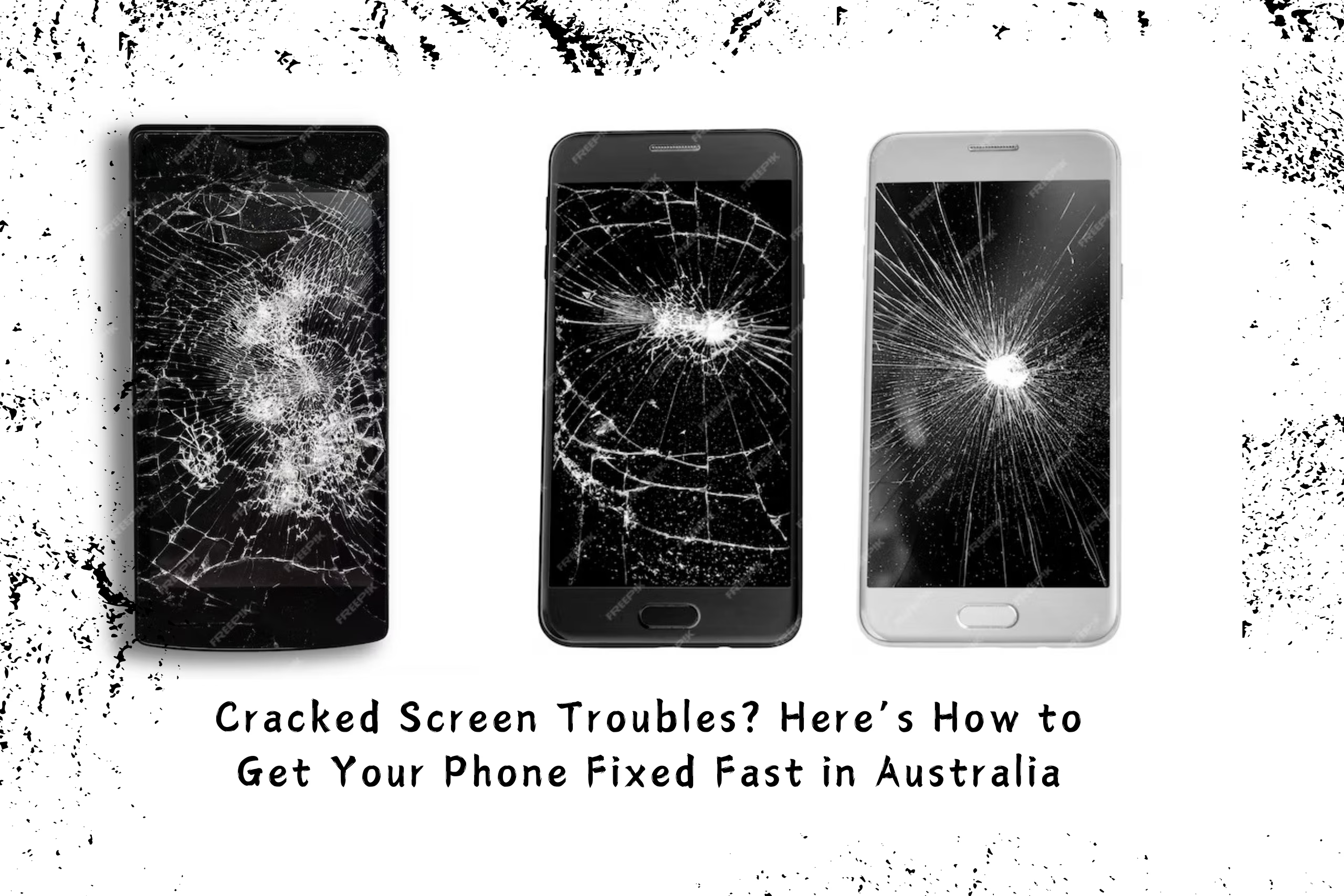In today’s digital age, safeguarding your smartphone or tablet screen from damage is crucial. Screen protectors provide an essential layer of defence against scratches, cracks, and other mishaps. Among the many options available, tempered glass and plastic screen protector are two of the most popular choices. While both offer protection, choosing the right one can be challenging. This guide will clarify the differences between these two types, helping you make an informed decision.
Screen Protectors
Before we compare tempered glass and plastic screen protectors, let’s quickly understand what a screen protector is and why it’s important. A screen protector is a thin layer of material applied onto the screen of your device, creating a barrier between the screen and the outside world. This extra layer safeguards your screen from scratches, absorbs the impact of drops, and can even reduce glare and provide a smoother touch experience.
Now, let’s look at the two main types of screen protectors:
1. Tempered Glass Screen Protectors
2. Plastic Screen Protectors (also known as PET or TPU protectors)
Tempered Glass Screen Protectors
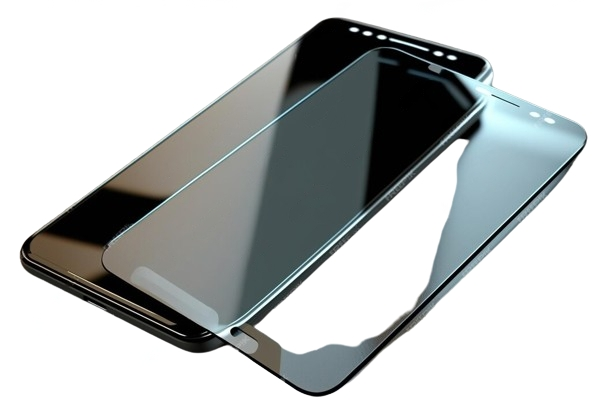
What Is Tempered Glass?
Tempered glass is a type of safety glass that has undergone a process of extreme heating and rapid cooling to make it much tougher than standard glass. This treatment makes it highly resistant to impact and shattering. When used as a screen protector, tempered glass offers a range of benefits.
Pros
Durability and Protection
Tempered glass screen protectors are renowned for their exceptional durability. They effectively shield your device’s screen from scratches and can withstand significant impacts, making them ideal for those who prioritise strong protection.
Clarity and Touch Sensitivity
They provide excellent clarity, maintaining the original quality of your screen. Moreover, they maintain precise touch sensitivity, ensuring a smooth and responsive user experience.
Ease of Installation
Most tempered glass protectors come with an easy application process. They often include an installation kit that helps prevent air bubbles.
Comfort and Feel
The glass surface offers a more natural and smoother feel compared to plastic protectors, enhancing the overall user experience.
Hygiene
Tempered glass is easier to clean and less likely to attract dust and fingerprints compared to plastic protectors, which can help keep your screen looking pristine.
Cons
Price
They are generally more expensive compared to plastic screen protectors.
Thickness
Tempered glass protectors are thicker than plastic ones. This added thickness can slightly affect the look of your device, making it feel bulkier.
Breakage
While durable, tempered glass can still crack or shatter upon impact. However, it generally remains intact and continues to protect the screen underneath.
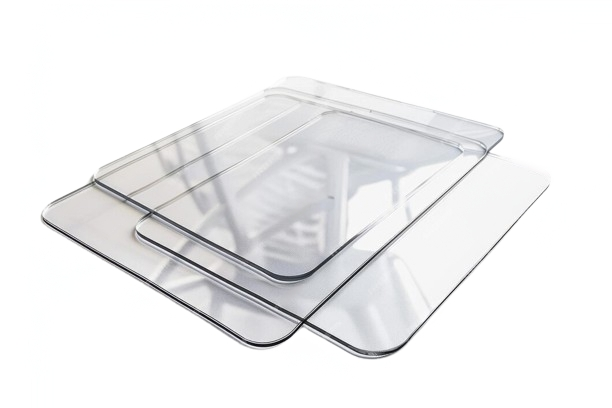
Plastic Screen Protectors
Plastic screen protectors have been around for long and are still a popular choice for many users. Typically made from materials like PET (polyethylene terephthalate) or TPU (thermoplastic polyurethane). These materials offer flexibility and can be more cost-effective compared to tempered glass.
Pros
Affordability: Plastic screen protectors are significantly more budget-friendly than tempered glass options, making them an attractive choice for cost-conscious consumers.
Flexibility: They are more flexible and less likely to crack or shatter upon impact. This flexibility also makes them easier to install without bubbles.
Thin Profile: Plastic protectors are thinner than tempered glass, which can keep your device’s profile slim and sleek.
Self-Healing Properties: Some plastic protectors, particularly those made from TPU, have self-healing properties that can fix minor scratches over time.
Cons
Less Durability: Plastic protectors offer less protection against scratches and impacts than tempered glass.
Reduced Clarity: They may not provide the same level of clarity and brightness as tempered glass protectors.
Touch Sensitivity: Plastic screen protectors might not offer the same smooth and responsive touch experience as tempered glass, potentially impacting overall device usability.
More Frequent Replacements: Due to their lower durability, plastic screen protectors may need to be replaced more often.
Tempered Glass vs. Plastic Screen Protectors
| Feature | Tempered Glass Screen Protector | Plastic Screen Protector |
| Durability | High | Moderate |
| Scratch Resistance | Excellent | Good |
| Impact Protection | Very Good | Good |
| Clarity | Excellent | Good to Moderate |
| Feel | Similar to the original screen | Less smooth |
| Thickness | Thicker (0.3-0.5mm) | Thinner (0.1-0.2mm) |
| Price | Higher | Lower |
| Ease of Application | Moderate | Easier |
| Longevity | Long-lasting | May need frequent replacement |
| Variety of Finishes | Limited | More options available |
Making Your Decision
Now that we’ve compared tempered glass screen protectors and plastic screen protectors, how do you decide which one is right for you? Here are some factors to consider:
- Budget
If cost is a major concern, plastic screen protectors are generally more budget-friendly. However, it’s important to remember that they might need replacing more frequently.
- Device Usage
If you’re rough on your devices or work in an environment where your phone is at risk of drops or scratches, a tempered glass screen protector might be the better choice for its superior protection.
- Screen Sensitivity
If you’re particular about maintaining the original feel of your device’s screen, a tempered glass screen protector is likely your best bet.
- Aesthetics
Tempered glass screen protectors maintain the original look of your device better than plastic ones. However, if you prefer a matte finish to reduce glare, you might opt for a plastic screen protector.
- Device Compatibility
Some devices with curved screens may work better with flexible plastic screen protectors.
- Long-term Value
While tempered glass screen protectors are more expensive up front, their durability might make them more cost-effective in the long run.
Installation Tips
Regardless of whether you choose a tempered glass screen protector or a plastic screen protector, proper installation is crucial for optimal performance. Here are some tips:
- Clean your device’s screen thoroughly before application.
- Use the included dust removal stickers to pick up any remaining particles.
- Align the protector carefully before adhering it to the screen.
- Use a credit card or the provided squeegee to remove any air bubbles.
- For tempered glass screen protectors, be extra careful during installation as they’re less forgiving if misaligned.
If you need assistance with installation or are unsure about which type of screen protector to choose, seeking professional help is always an option. Many Mobile phone repair shops or electronics retailers offer screen protector installation services. They can help you select the right product for your device and ensure its applied correctly.
At Roly’s Mobiles, we understand the importance of protecting your smartphone investment. Our experienced technicians can guide you in choosing the perfect screen protector for your device and provide expert installation services. We offer a diverse selection of tempered glass and plastic screen protectors to suit different needs and budgets.
Visit our store today and let our team help you safeguard your device!


